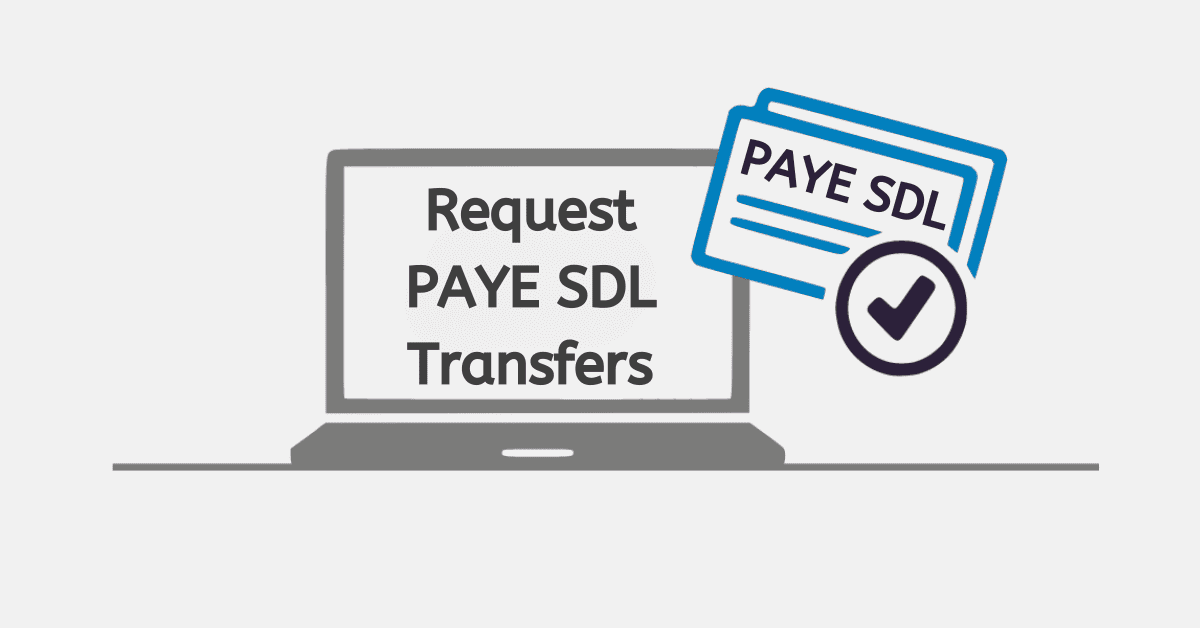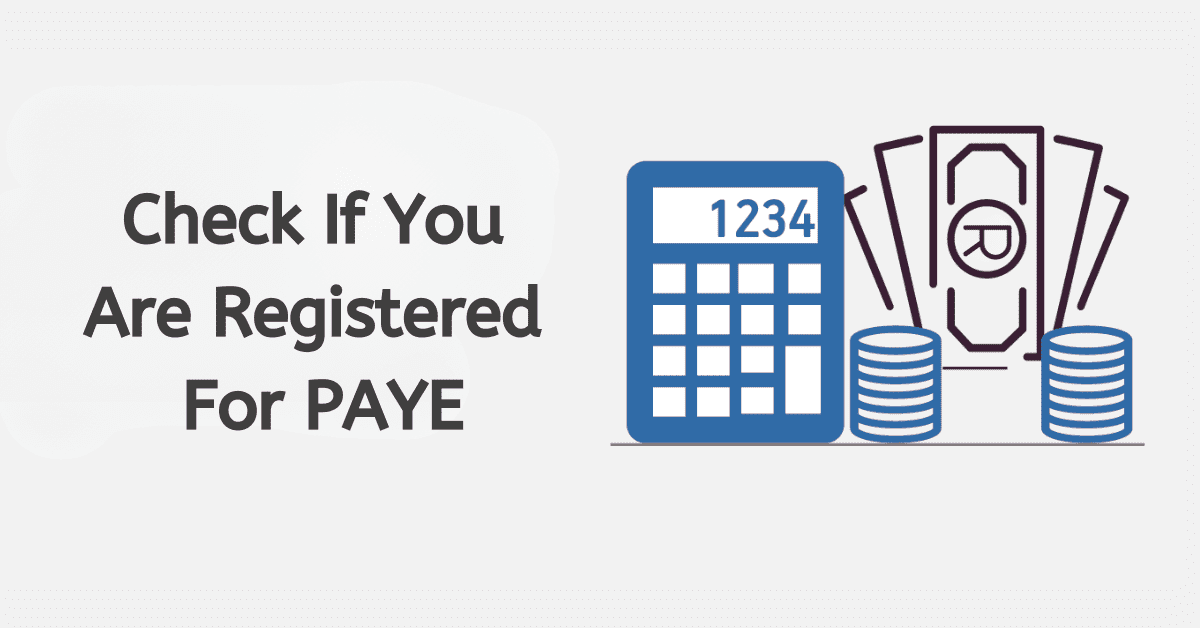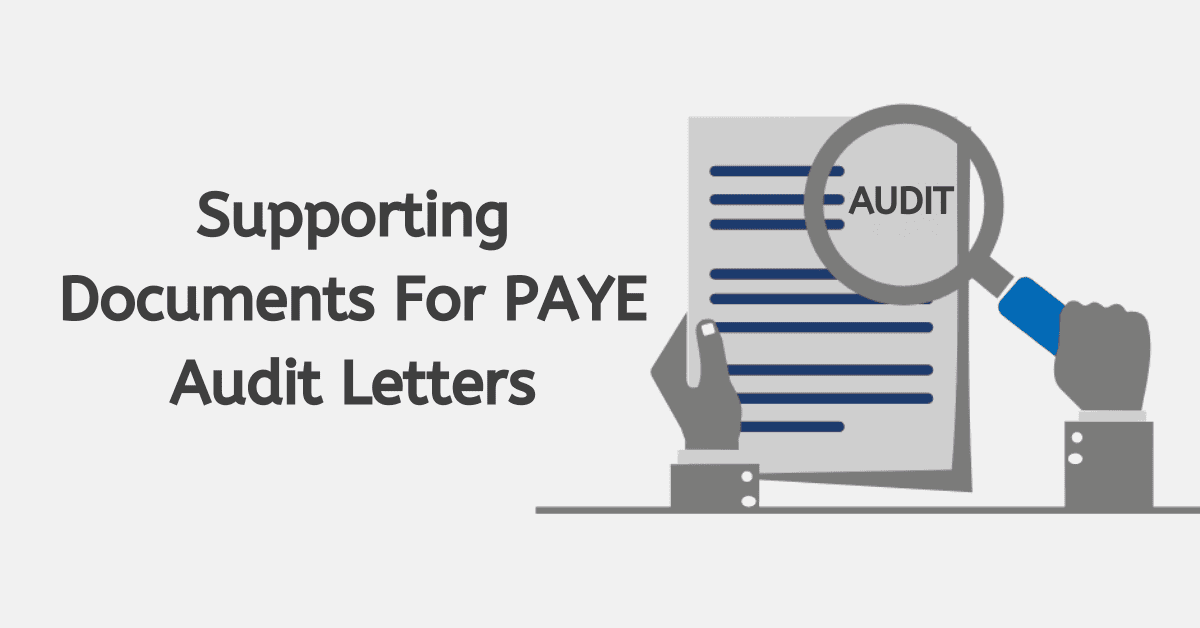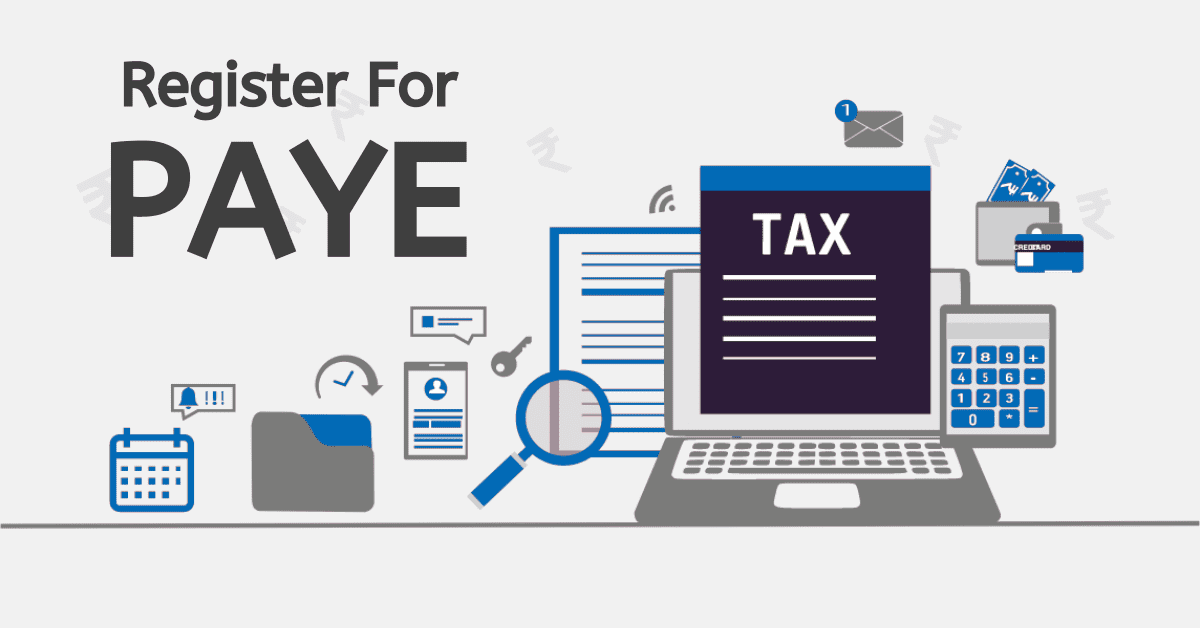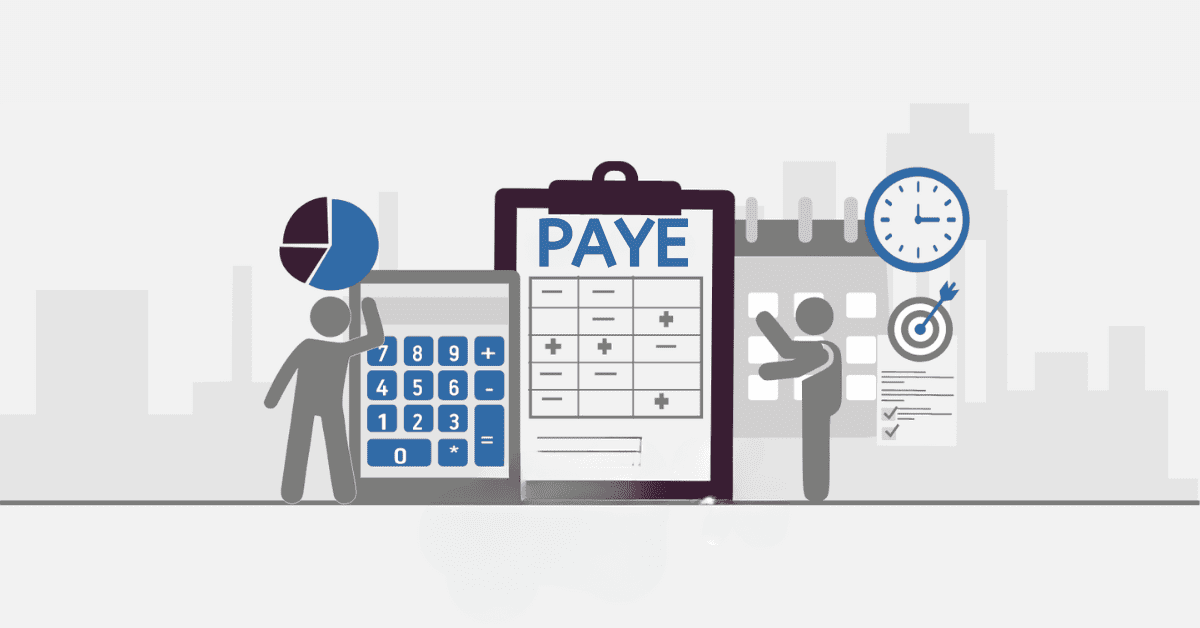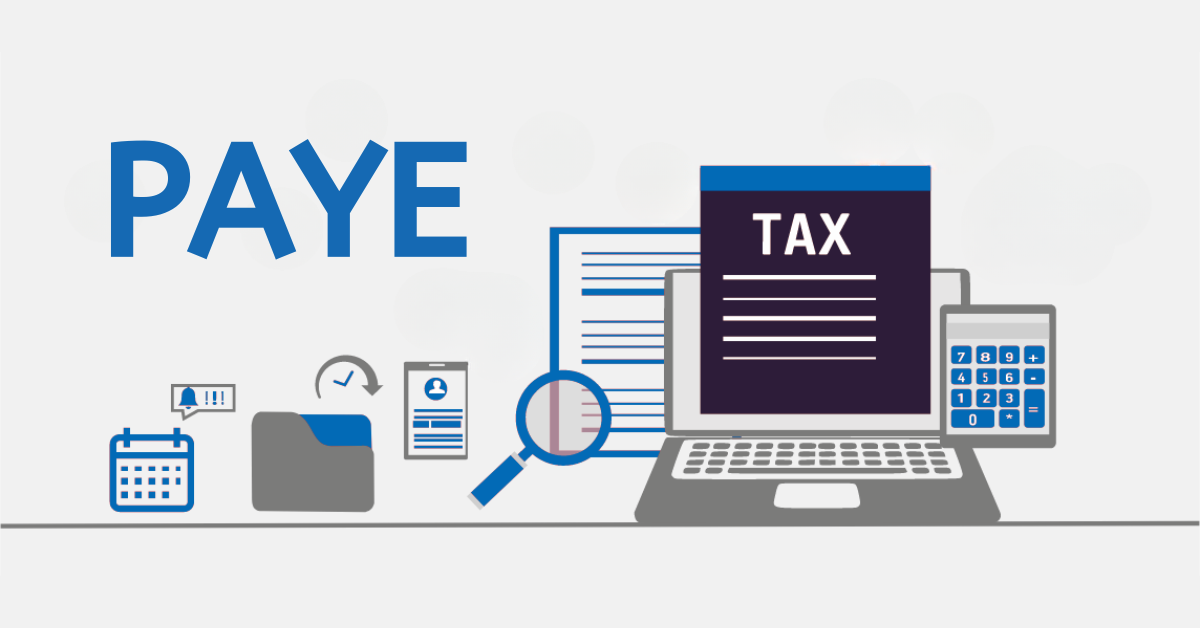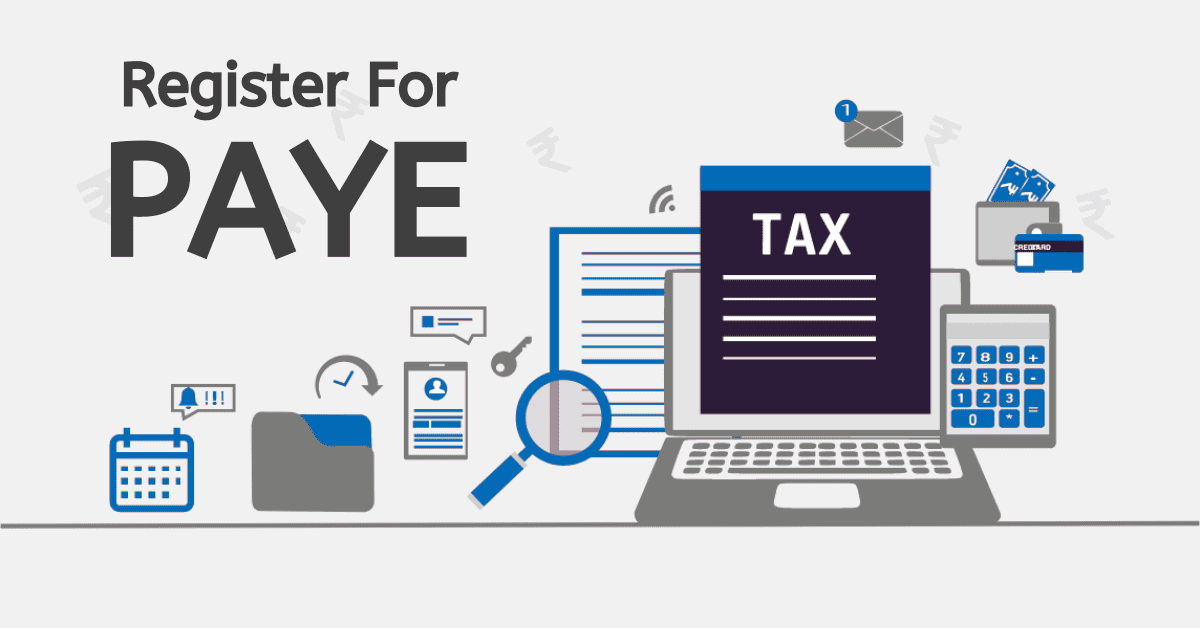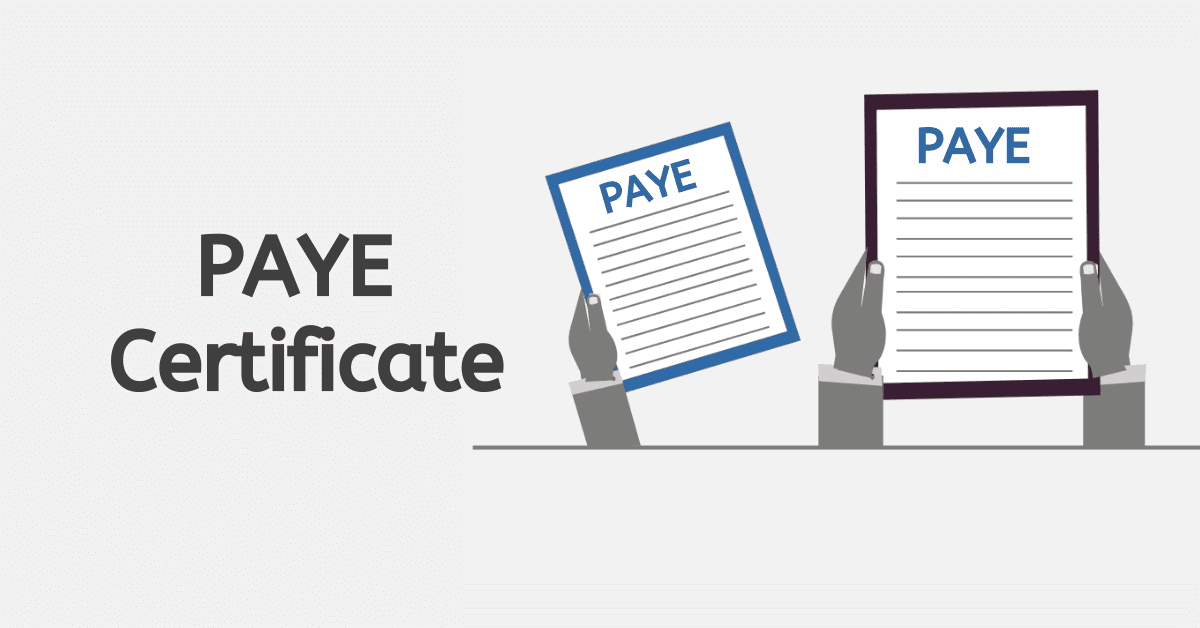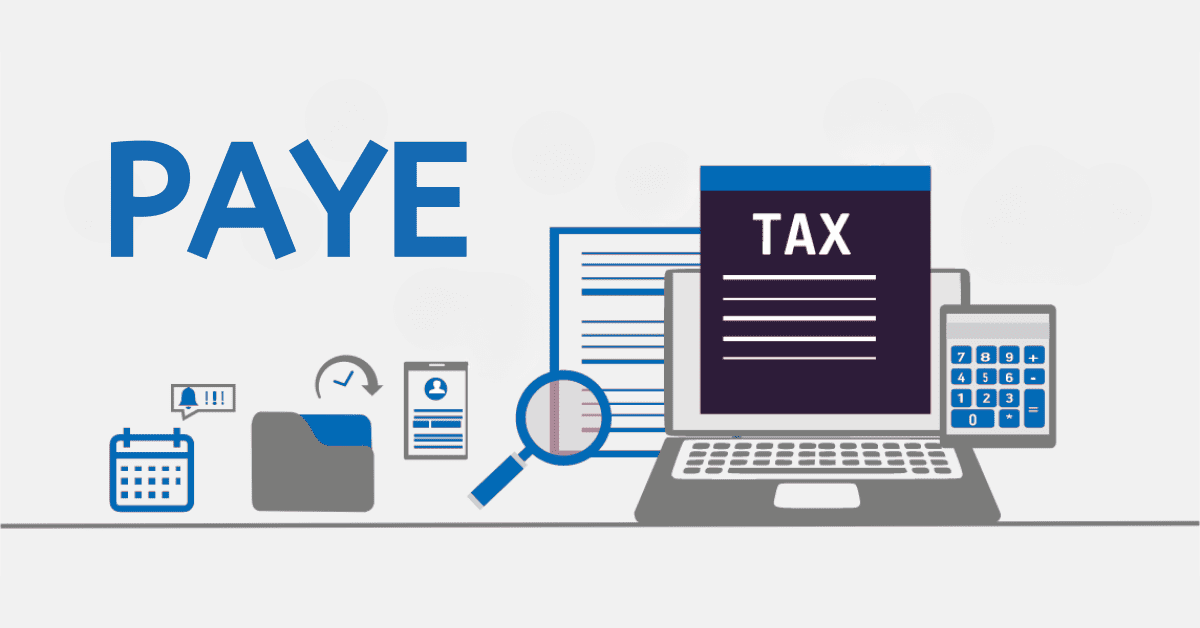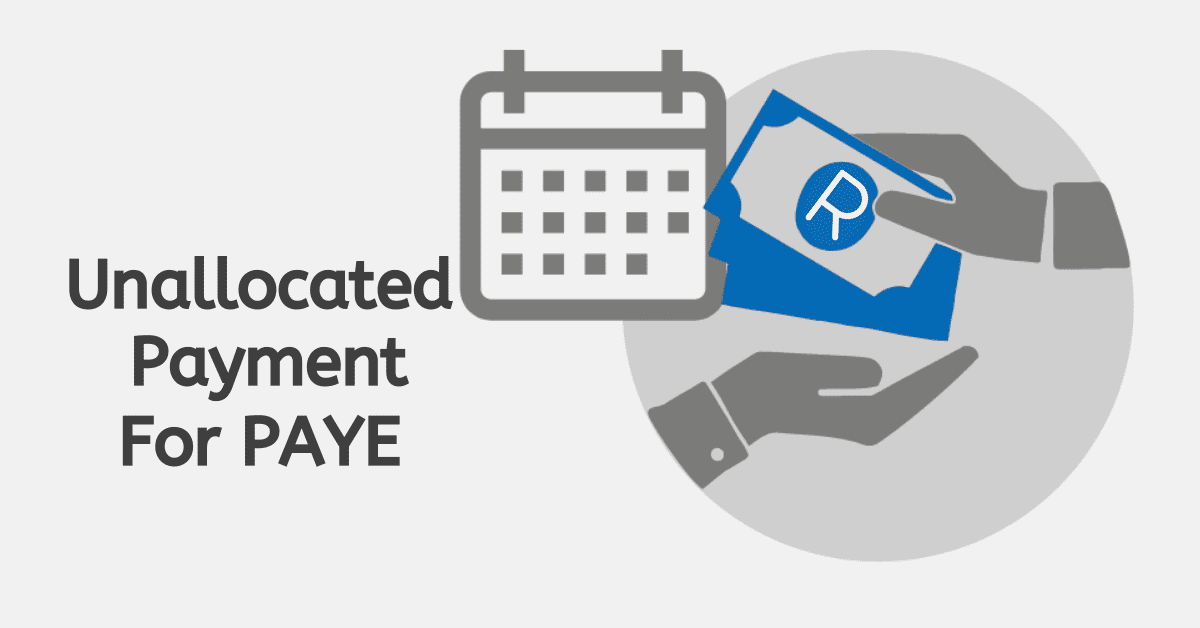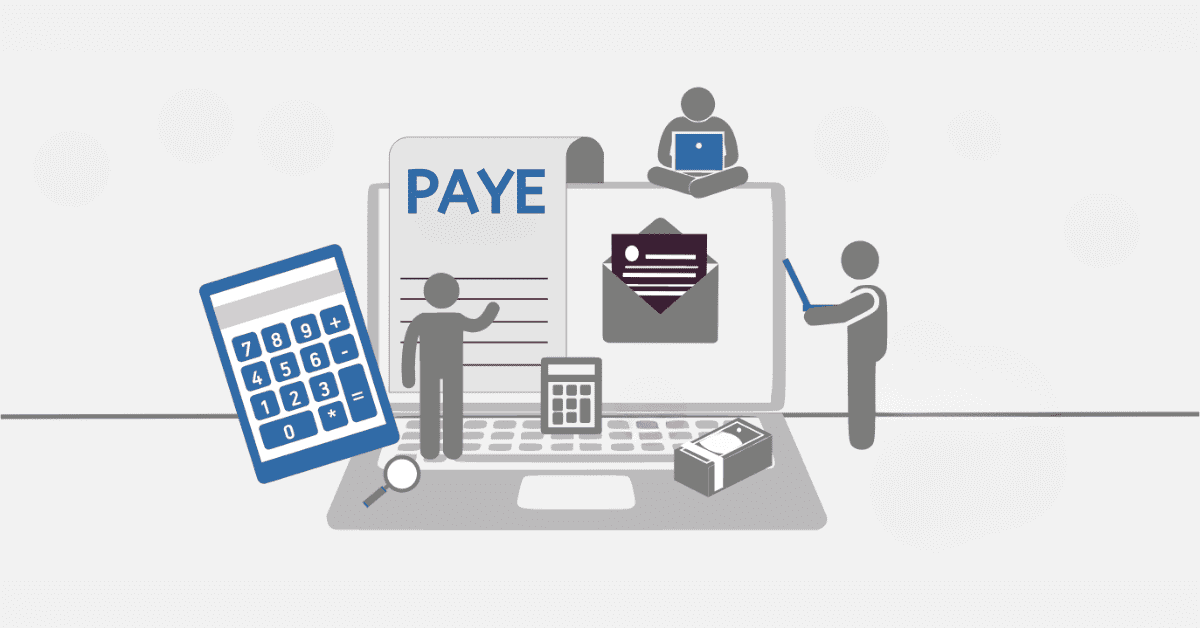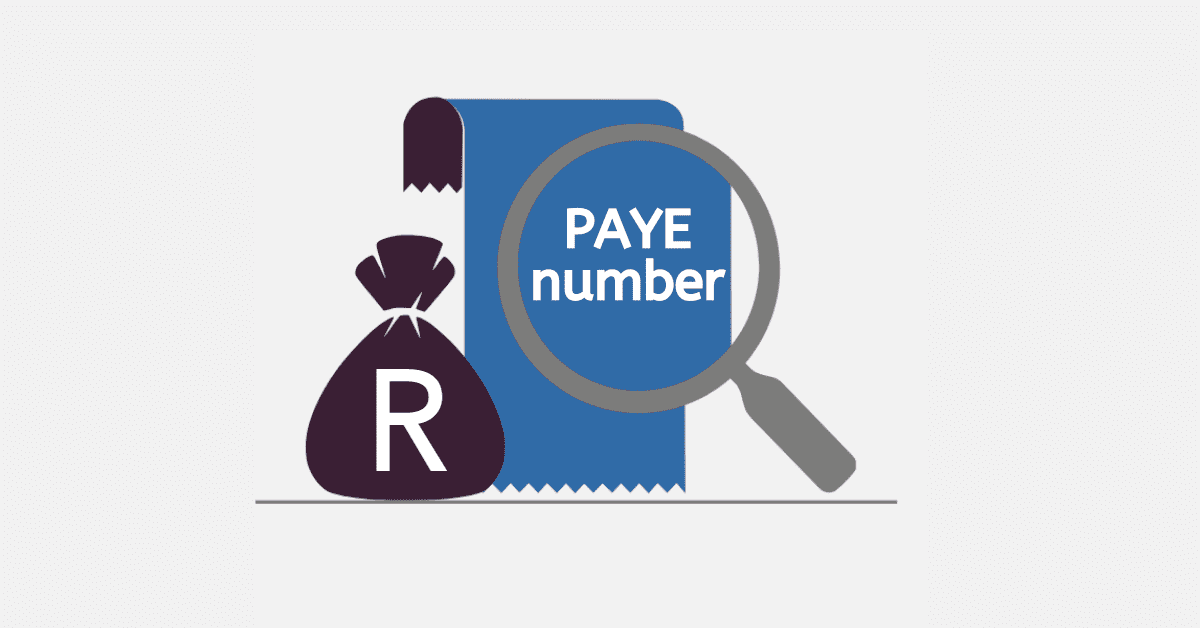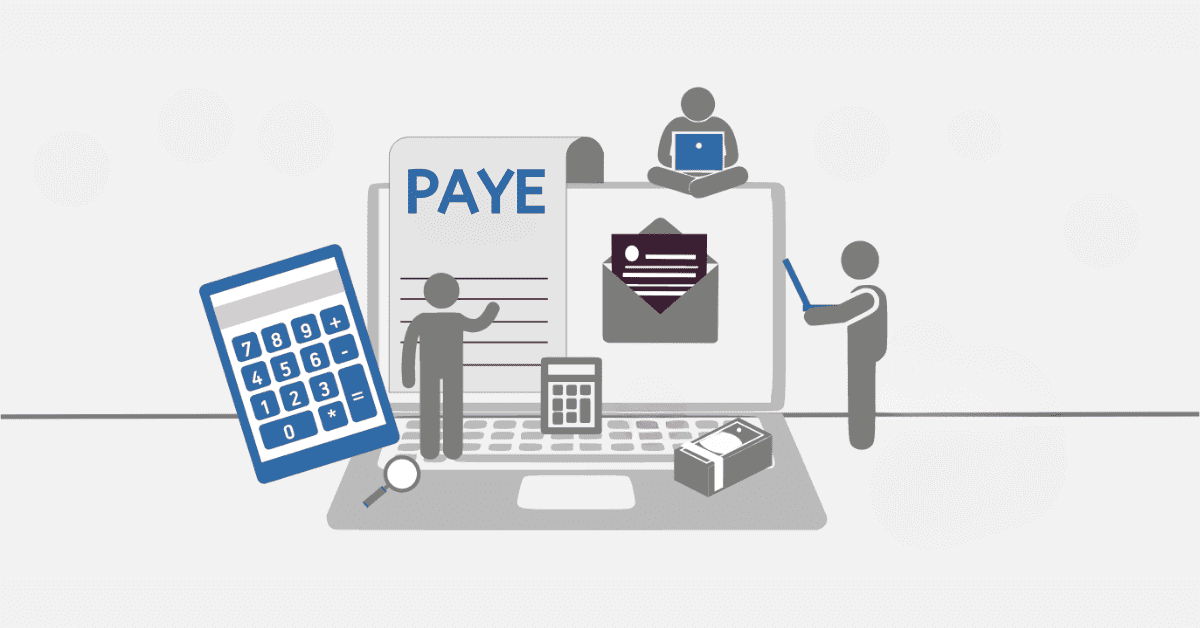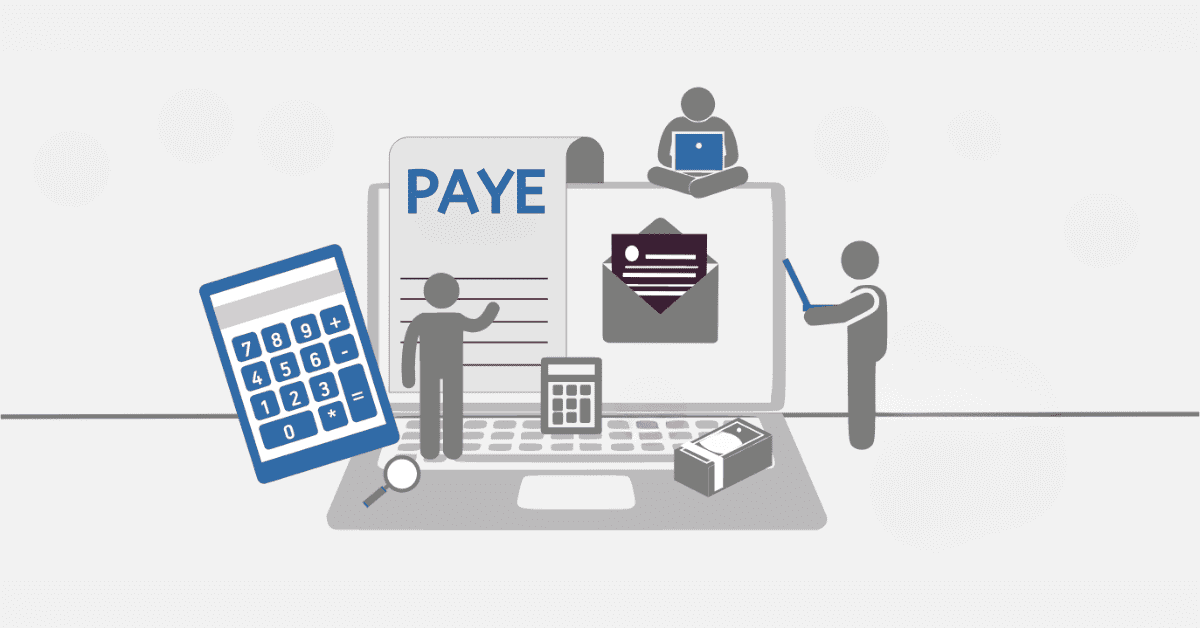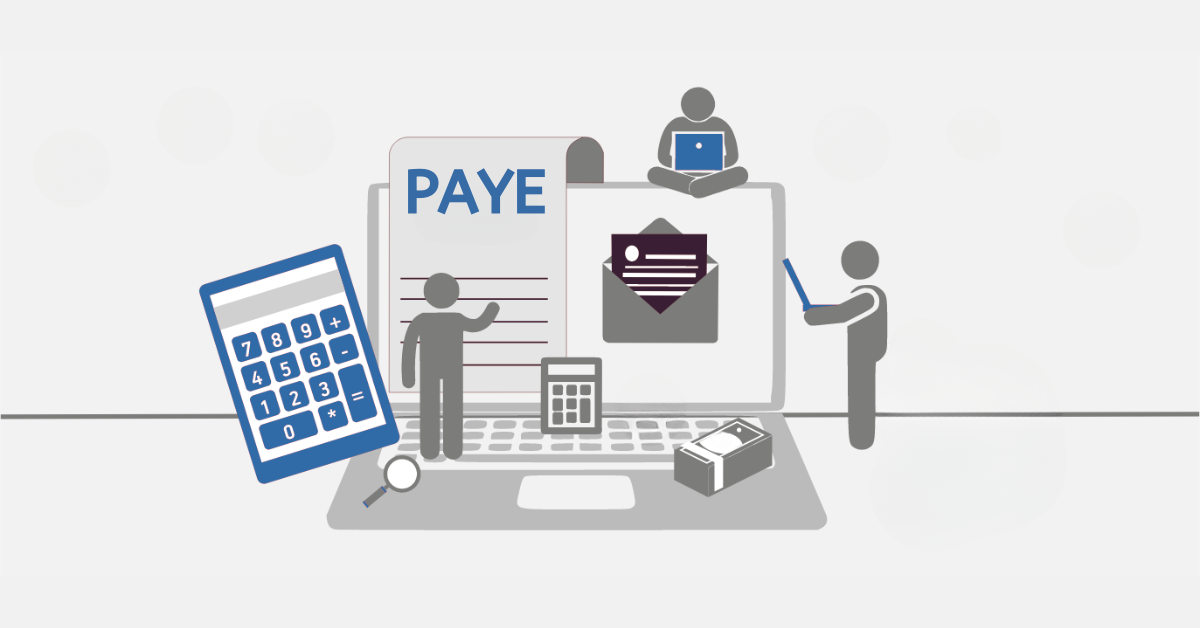Imagine SA’s tax scene as a slick machine, with SARS, steering the ship. Now, here’s a star player in this setup – the PAYE. It’s like a diligent bee, quietly withholding tax on income payments to employees.
Now, if you’re an individual or a business in South Africa, understanding this busy bee is crucial. You need to know how PAYE buzzes around, what flowers it visits, and how it contributes to the honey-making process. It’s like being a beekeeper in the vast field of South Africa’s economy.
So, whether you’re a worker bee (employee) or a queen bee (business), remember – understanding PAYE is your key to a sweet financial future in South Africa. So, let’s put on our beekeeper suits, grab our smokers, and dive into the buzzing world of PAYE.
Do you pay PAYE on a personal loan?
Imagine getting a personal loan in South Africa as receiving a special package. This package, unlike your monthly salary, is not seen as income. It’s more like a friendly boost to help you along your financial journey. And the exciting section? Don’t expect any tax implications whenever repaid over the loan term. It’s like returning a borrowed book to a library – no extra charges!
But here’s where it gets interesting. If this loan is interest-free and comes from a family member or friend, then the tax game changes. It’s like getting a special edition book from a loved one. If you’re expected to return it, it’s still a loan. But if it’s a gift (which would usually attract a 20% donation tax), that’s a different story.
What is the PAYE repayment term?
Paying your PAYE is a monthly rite of passage in South Africa. Imagine this: you’ve got a cool seven days after each month ends to settle your payment. It’s like checking out a library book and having a week to return it.
But, plot twist: if the due date hits on a weekend or holiday, you’ve got to be ahead of the game. The payment deadline for those days is the business day before. This is like to returning a book early to avoid a fine for being late.
In the world of PAYE, time is key, whether you’re clocking in as an employee or steering the ship as an employer. Stay on top of the dates, factor in those sneaky holidays and weekends, and make sure your payment dance is always on beat.
What falls under PAYE?
Visualize you’re on a scenic road trip through South Africa’s tax landscape. One of the key landmarks you’ll come across is PAYE, which stands for ‘Pay As You Earn’. It’s like a friendly toll booth, allowing you to pay your taxes in manageable monthly installments, instead of a hefty lump sum at the end of the tax year.
Now, here’s where it gets interesting. Your employer plays the role of the toll collector, calculating your PAYE monthly and making the payment to SARS, the tax authority. This happens every month, regardless of whether your salary comes in weekly or fortnightly. It’s like a regular pit stop on your tax journey.
So, whether you’re an employee cruising along the tax highway, or an employer manning the toll booth, understanding PAYE is crucial. It’s the key to a smooth ride through South Africa’s tax landscape.
What is the difference between PAYE and repay?
Assume you’re at a crossroads on your financial journey. On one side, you have the REPAYE plans, the flexible travelers of the student loan world. On the other side, you have the PAYE plans, the more rigid, yet reliable companions.
Now, if you’re someone with a higher income, PAYE might give you a bit of a cold shoulder. Well, under PAYE, your capped monthly payment could end up being more than what you’d pay under the 10-year standard repayment plan. It’s like opting for a luxury car when a compact one would do just fine.
So, in this scenario, REPAYE plans come to the rescue. They’re like the all-terrain vehicles of the loan world, ready to adapt to your financial landscape, no matter how high your income might be.
What is the difference between IBR and PAYE?
To make this clear, just pretend once more that you’ve reached a decision point in repaying your student loans. Income-Based Repayment (IBR) is one option, as it adjusts your monthly payments to fit your financial situation. It’s tailor-made to complement your fiscal figure, much like a bespoke suit.
In contrast PAYE is a hardware in which what you contribute gest deducted directly from the take-home earnings. Compare it with a sliding scale, ebb responsive and reacting to your money tide flow.
Both IBR and PAYE are designed to smooth out the bumps in the road of loan repayment. But their techniques of calculation diverge, making them two roads in the same financial landscape. Each door has a different set of requirements to enter it, much like a key.
